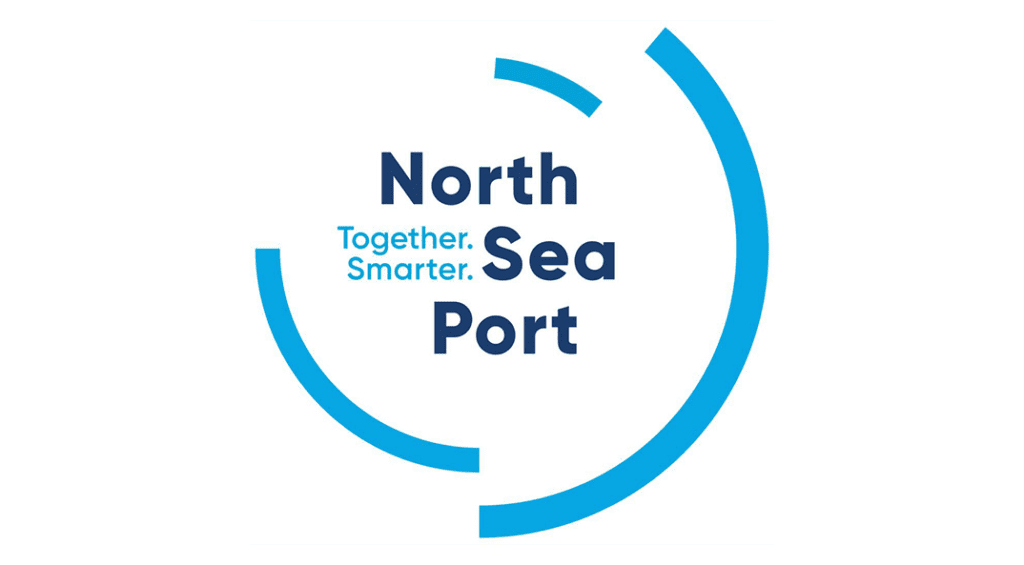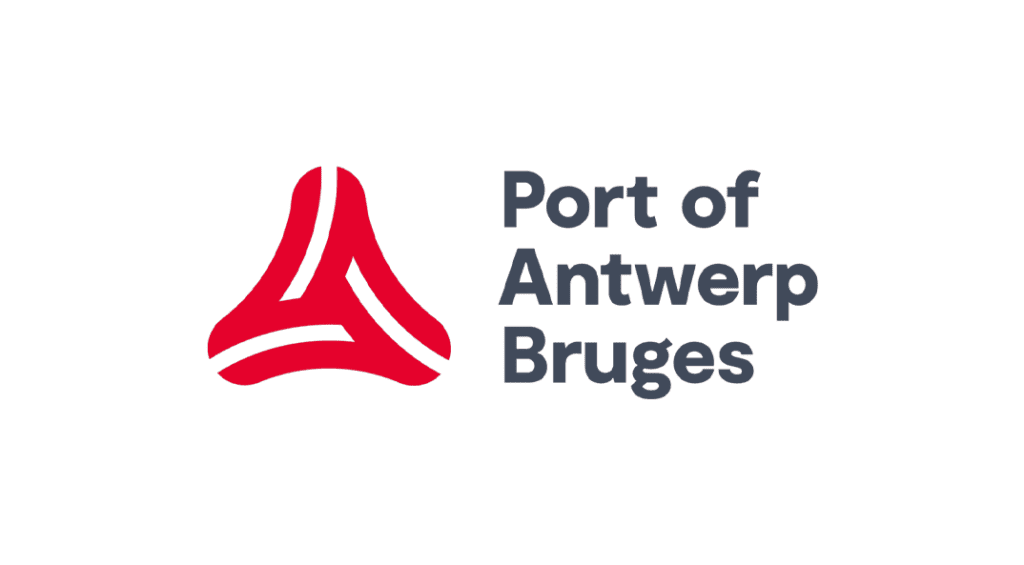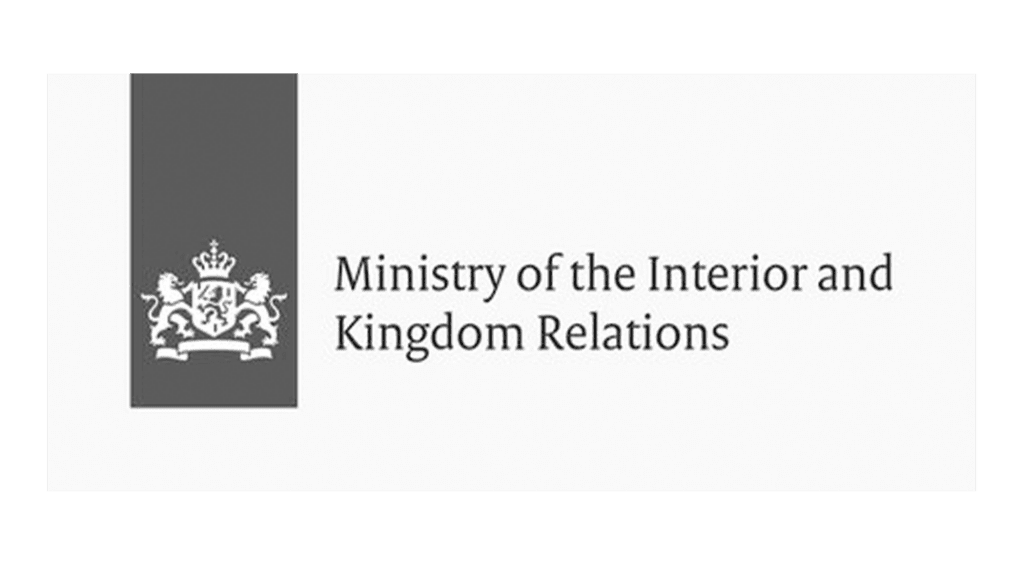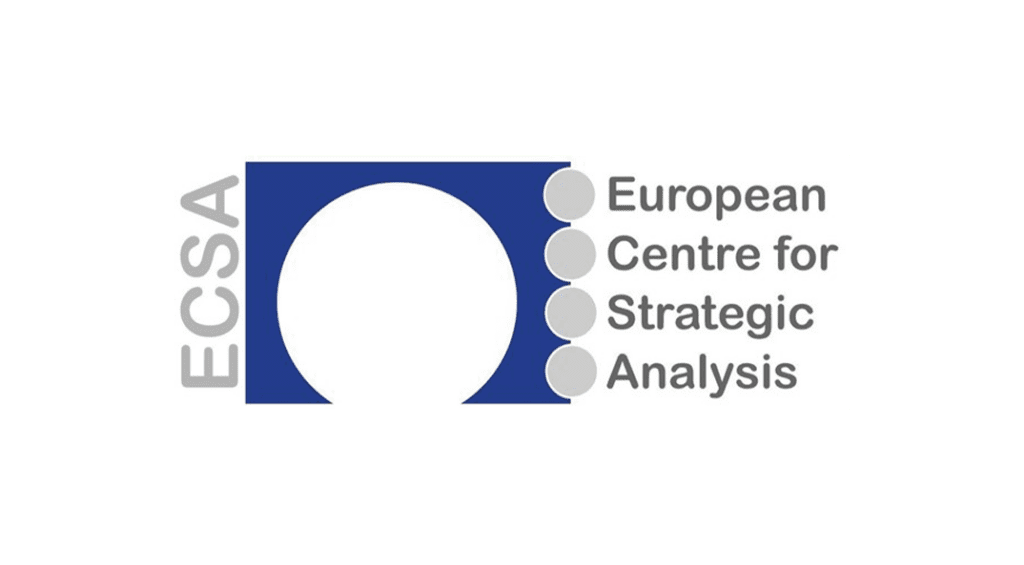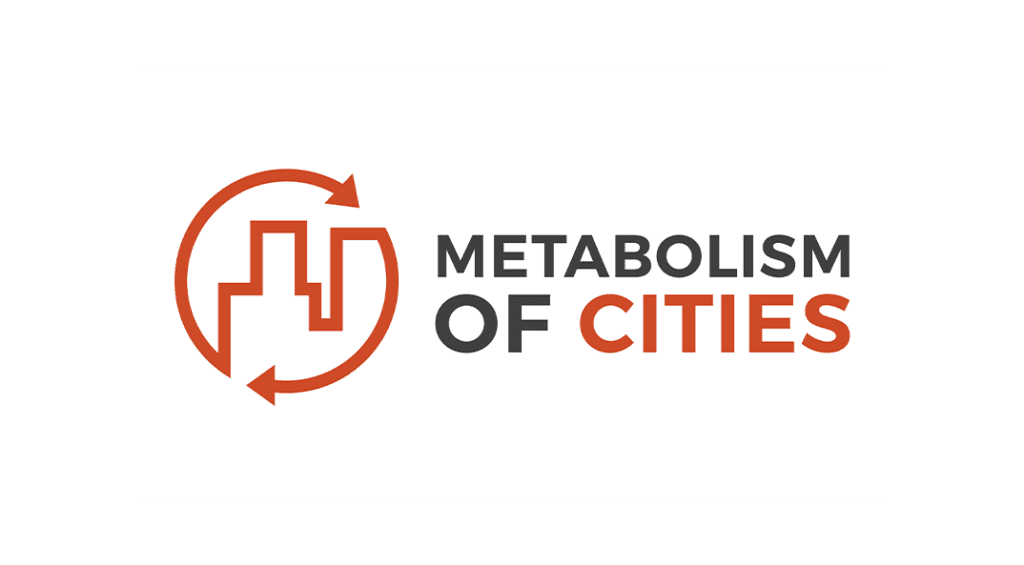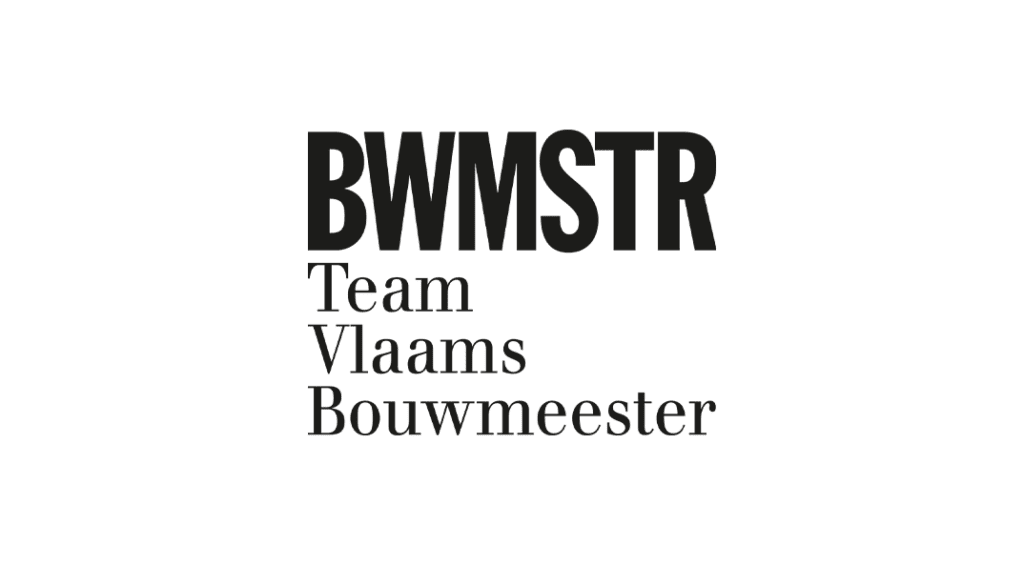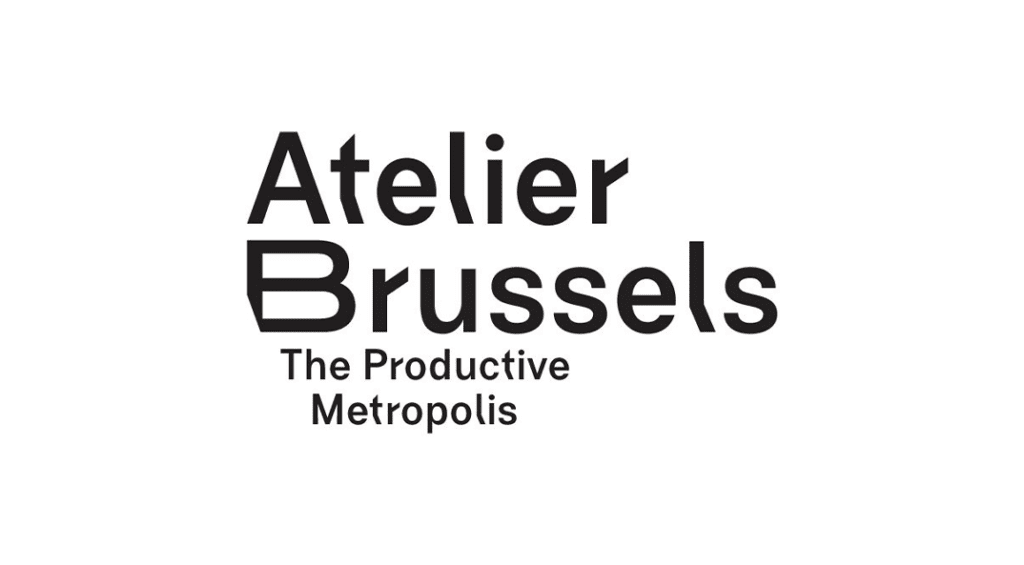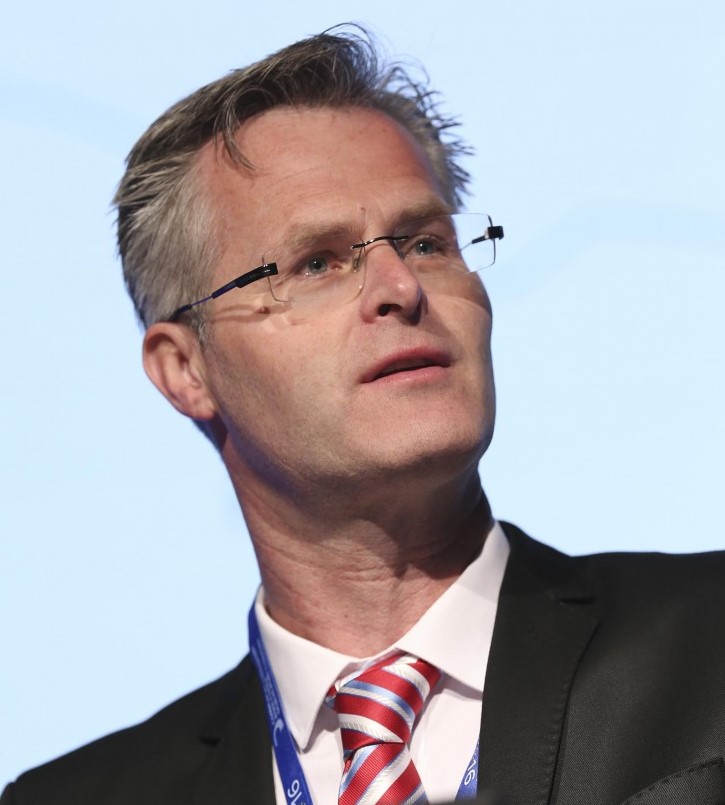Supporting port professionals, businesses and communities in their circular economy transition.

What is the circular economy?
In a circular economy, products and materials are kept in use for as long as possible in at their highest possible value, whilst eliminating pollution. This reduces the need for raw materials and creation of waste.
By shifting from a linear to a circular model, we can ease pressure on natural resources, foster sustainable growth and jobs, and address pollution, climate change, and biodiversity loss, whilst keeping resource use within planetary boundaries.
With critical raw materials becoming scarce and prices volatile due to overconsumption and geopolitical tensions, investing in the circular economy offers both competitive and financial advantages for our region and its businesses.
Decarbonisation, combined with circular economy, can combat climate change and drive sustainable development. Afterall, circular economy holds the potential to reduce direct carbon emissions, as well as embodied carbon related to extraction, processing and manufacturing of products. The production of renewable energy and the efficient use of energy, are not included in the circular economy categorisation system. Yet, they have a key role to play.
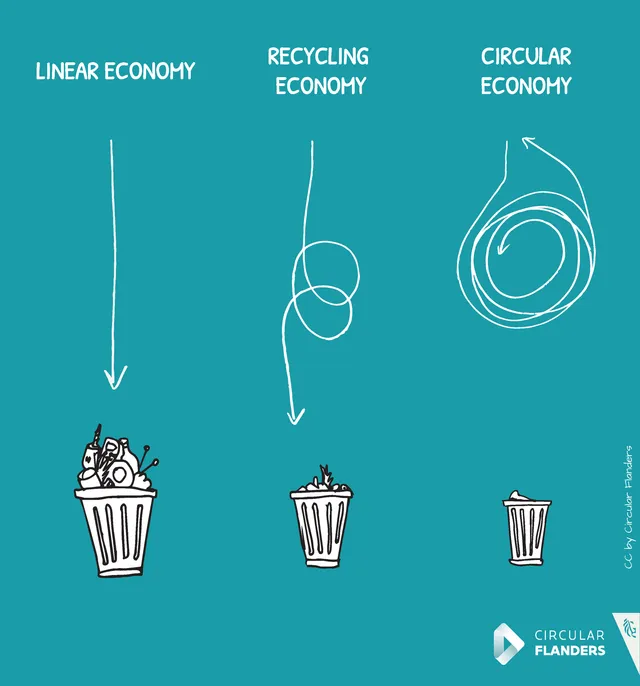
Why circular ports?
Ports are uniquely positioned to drive the circular economy transition. Their strategic location and expertise in logistics, storage, and waste management make them ideal hubs for circular flows. As diverse industrial ecosystems, they enable collaboration and symbiotic exchange, where one company’s waste becomes another’s resource. With ample space available, circular activities can be developed and scaled on-site.
Port Authorities can accelerate this transition by adapting concession policies to attract circular innovators, facilitating industrial symbiosis, and building networks within and beyond the port. Shared infrastructure, services, and dedicated areas, such as circular hubs or eco-industrial parks, can further boost circular growth.
Circular strategies
In the circular economy, the value of products, materials, and resources is maintained within the economy for as long as possible, minimizing waste and reducing the need for raw materials. To achieve this, various circular strategies can be implemented to close the loop and move away from the linear take-make-waste model.
Decarbonisation, the process of reducing or eliminating carbon emissions, combined with the circular economy offers a powerful way to fight climate change. Circular strategies help cut both direct and embodied emissions, while supporting the shift to clean energy.
CE monitor
Circular Flanders’ CE centre launched the Circular Economy Monitor Flanders. It consists of a set of over 100 indicators, to measure the maturity of the circular economy in Flanders and the speed at which it is progressing. The Circular Ports Monitor is being developed to be complementary, and is dedicated to circularity in the port ecosystem. Its indicators are not specific to Flanders and therefore useable for ports globally. However, some indicators might only be relevant for specific types of ports. The Circular Ports Monitor will allow ports to benchmark themselves internationally, as well as monitor the progress within their own port. The Circular Ports Monitor consists of 12 indicators.
How circular is your project?
The CE Compass is a free analysis tool that indicates which accents of the circular economy are placed in a circular project. The instrument was developed in 2018 by Circular Flanders and the CE center. The Compass scores a circular project on 2 dimensions: chain steps and R-strategies.
Cases
Discover our Circular Ports case database, showcasing innovative projects and initiatives that are transforming ports into circular hubs.










